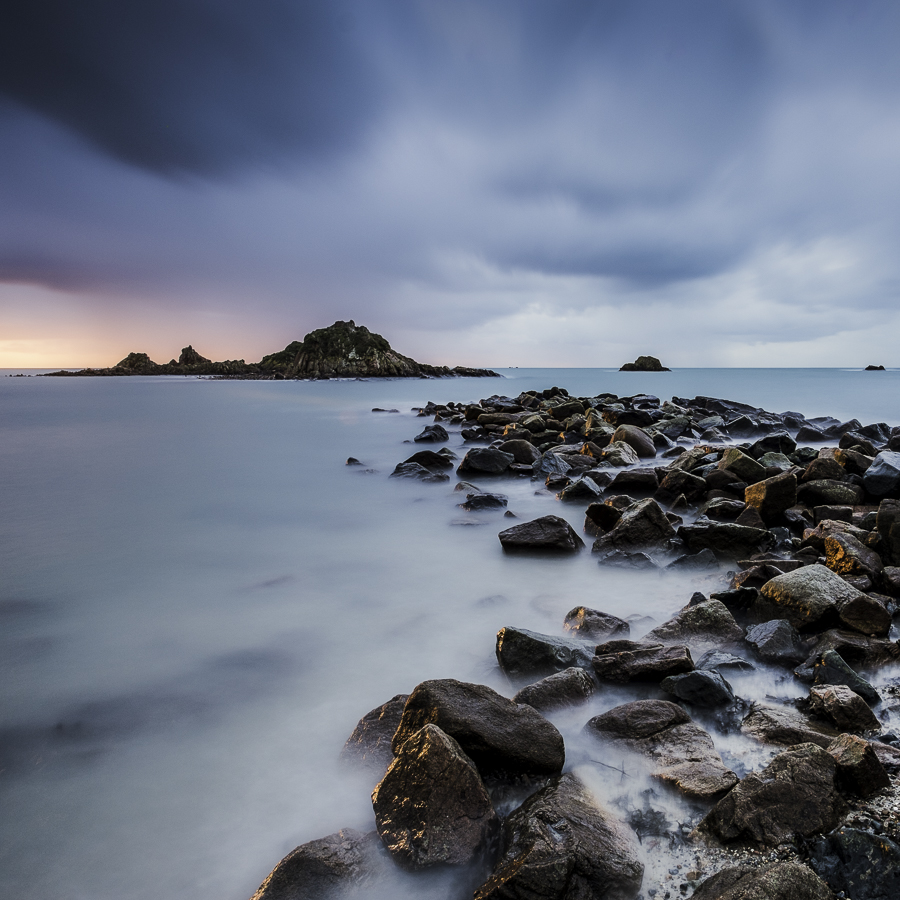A photographic image is an image produced by means of photography. It is possible to produce images using a variety of different techniques, but all involve recording light onto some form of light-sensitive material.
The first permanent photograph was made in 1826 by Joseph Nicéphore Niépce. This early photograph was taken on a pewter plate coated with Bitumen of Judea, a naturally occurring asphalt. The Bitumen was hardened when exposed to light and the resultant image was then etched into the metal plate using aqua regia, a strong acid.
Since Niépce’s time, many different materials have been used as the light-sensitive element in photography. These include:
* Silver halide salts – these are still used in modern film and paper based photography and were first introduced in 1839 by William Henry Fox Talbot. Silver halide crystals are suspended in gelatin which forms the base for both film and paper. When exposed to light, these crystals change shape slightly and this change can be used to record an image.
* Daguerreotypes – this early process was invented by Louis Daguerre in 1839 and uses a silver-plated copper sheet sensitised with iodine vapour before being exposed to light through a camera obscura. The resultant latent image is then developed using mercury vapour before being fixed with salt water or sodium thiosulphate solution (commonly known as ‘hypo’).
* Cyanotypes – this simple process produces blueprints and was popularised by Sir John Herschel in 1842 who also discovered many other ways of ‘fixing’ photographs including gold chloride, platinum salts and ferricyanide of potassium. A cyanotype is made by mixing iron ammonium citrate and potassium ferricyanide solutions which are then brushed onto paper or fabric which has been sensitized with Potassium dichromate solution. The mixture will react with the Potassium dichromate creating Prussian Blue pigment which is insoluble in water so cannot be removed from the paper once it has formed part of the image . * Photographic plates impregnated with collodion – In 1851 Frederick Scott Archer introduced his wet plate process which involved coating glass photographic plates with collodion (cellulose nitrate dissolved in ether and alcohol) before sensitising them with silver nitrate solutions. Once coated, the plates had to be used within 15 minutes otherwise they would dry out making them unusable; Archer’s process became very popular because it resulted in sharper images than previous methods but it required considerable skill to perfect as well as expensive equipment such as darkrooms, chemicals & cameras . * Dry plates – In 1880 Richard Leach Maddox replaced collodion on glass plates with gelatin emulsion resulting in dry plates which could be prepared well ahead of time allowing photographers greater flexibility; Gelatin emulsions are still used today .
* Film – Eastman Kodak Company introduced flexible roll film wrapped around spools made from cardboard cores covered in tinfoil; George Eastman’s breakthrough came when he perfected celluloid filmstrips during 1880s enabling him to mass market his Kodak cameras loaded with 100 exposure rolls from 1888 onwards . Although celluloid film continued to dominate amateur photography throughout much of 20th century , it had certain disadvantages; most notably its flammability , brittleness at low temperatures & poor resistance to ageing . Consequently alternative materials were sought & polyester (‘Melinex’) & acrylate (‘Acetate’) films were eventually developed although celluloid remained widely used for motion picture film until late 1950s . Apart from safety considerations , acrylate & polyester films offered other advantages over celluloid such as dimensional stability meaning that they could be stored rolled up without risk of curling or cracking , improved strength meaning that they could be thinner thus saving space & weight plus enhanced clarity offering better definition & resolution compared to earlier generations of cellophane based films . However despite all these improvements , serious problems associated with static electricity build up meant that acrylate films never became widely accepted except within military applications where their properties suited them perfectly for use within aircraft gunners’ sights where any electrostatic discharge could cause catastrophic fire ! Polyester (‘Melinex’) however did become widely adopted eventually becoming industry standard base material for negative & positive colour transparency films ; indeed even today’s sophisticated digital sensors would not have been possible without development work undertaken on Melinex back 1960s !


